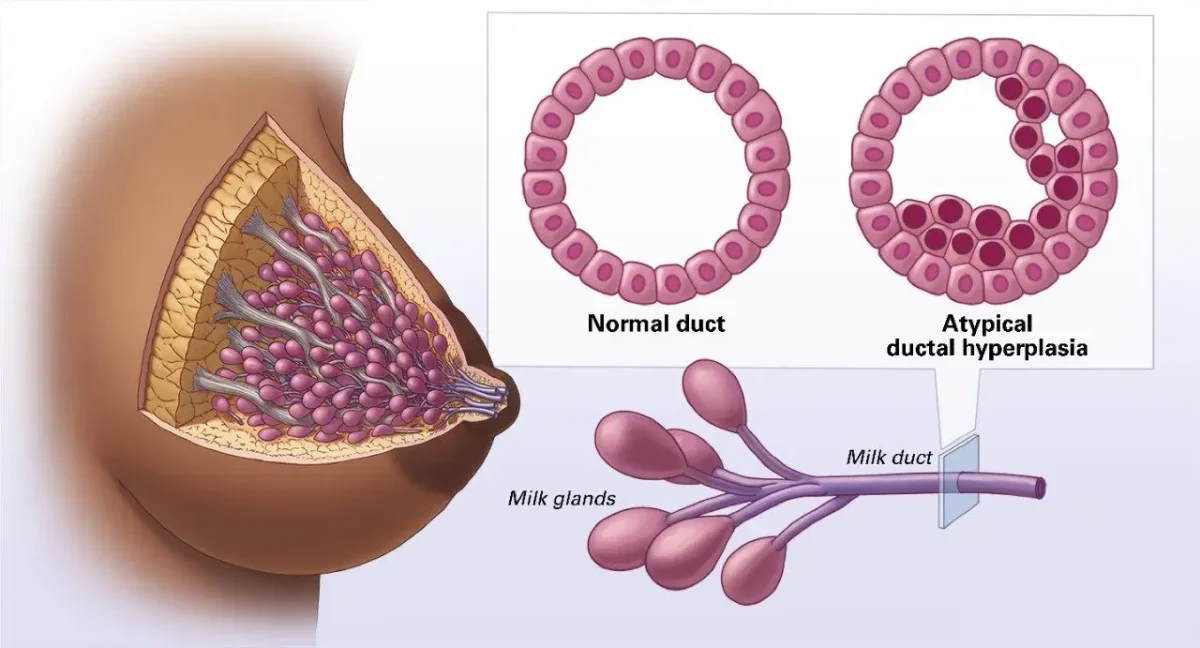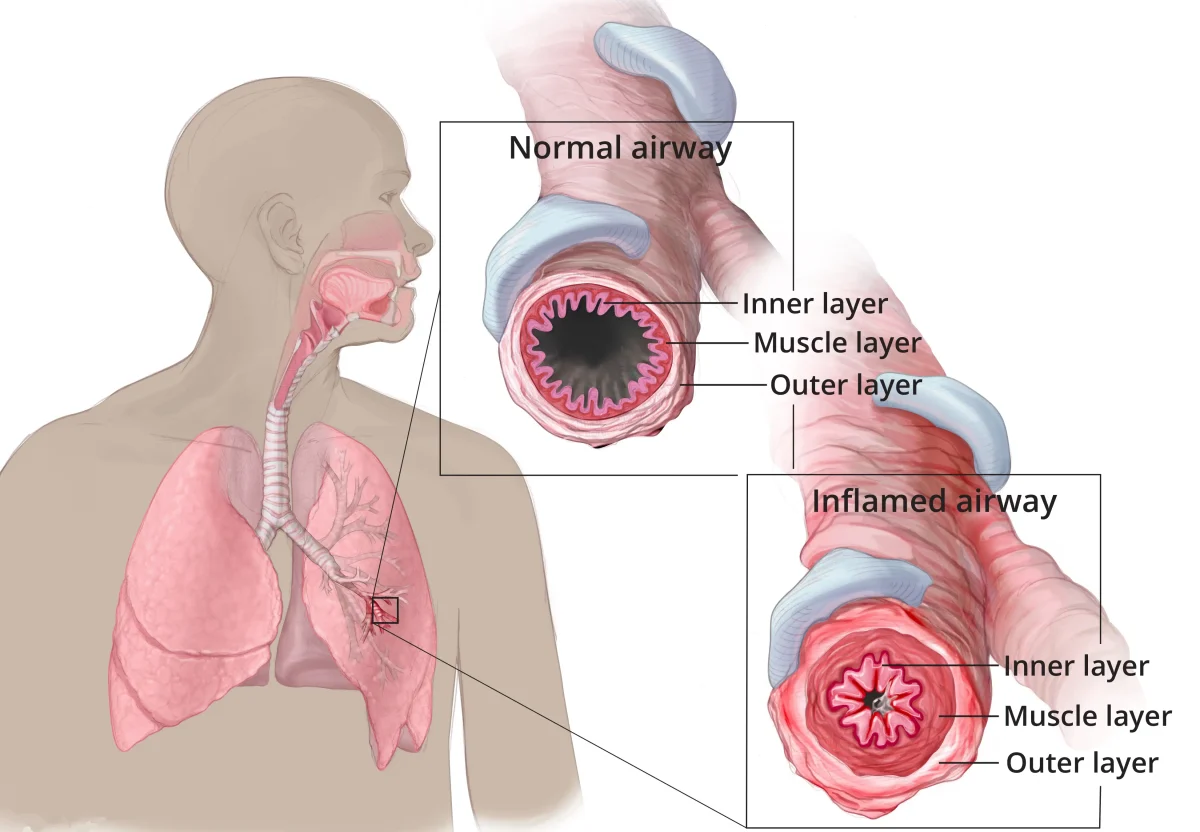Reactive attachment disorder (RAD) is a condition where a child doesn’t form healthy emotional bonds with their caretakers (parental figures), often because of emotional neglect or abuse at an early age. Children with RAD have trouble managing their emotions. They struggle to form meaningful connections with other people. Children with RAD rarely seek or show signs of comfort and may …
Attention-Deficit/Hyperactivity Disorder (ADHD) in Children
Attention-deficit/hyperactivity disorder, commonly known as ADHD, is a long-term neurodevelopmental condition that affects millions of children worldwide and often continues into adulthood. The disorder is marked by an ongoing pattern of inattention, hyperactivity and impulsive behavior that interferes with daily functioning and development. Children with ADHD may struggle with focus, self-control and staying organized. These challenges can affect academic performance, …
Attention-Deficit/Hyperactivity Disorder in Adults
Adult attention-deficit/hyperactivity disorder, commonly known as adult ADHD, is a mental health condition characterized by a persistent pattern of inattention, impulsivity and restlessness. Although often associated with childhood, ADHD begins early in life and may continue into adulthood. In many individuals, symptoms are not recognized or formally diagnosed until adult years. Adult ADHD can affect many areas of daily life, …
Atypical Hyperplasia of the Breast
Atypical hyperplasia of the breast refers to the growth of abnormal, precancerous cells within breast tissue. In this condition, breast cells increase in number and show changes in their appearance when examined under a microscope, making them look different from normal breast cells. Atypical hyperplasia is not breast cancer. However, it is an important warning sign because it is linked …
Aspergillosis
Aspergillosis is an infection caused by a mold known as aspergillus, which is a type of fungus commonly found in the environment. The illnesses caused by aspergillosis usually affect the respiratory system, though symptoms and severity can vary widely. Some forms are mild, while others can be life-threatening. Aspergillus mold is found both indoors and outdoors. Most strains are harmless …
Asthma
Asthma is a long-term condition in which the airways of the lungs become inflamed, narrow and swollen, and may produce extra mucus. These changes make breathing difficult and can lead to coughing, wheezing and shortness of breath. For some people, asthma causes only mild and occasional symptoms. For others, it can be a serious condition that interferes with daily activities …
Asthma Attack
An asthma attack is a sudden worsening of asthma symptoms. Asthma is a long-term condition that affects the airways in the lungs, causing them to become narrow and making breathing difficult. During an asthma attack, symptoms such as coughing, wheezing, chest tightness and trouble getting enough air can develop or rapidly worsen. These symptoms occur because the muscles around the …
Childhood Asthma
Asthma is a long-term (chronic) lung disease that affects your airways. Your airways are the tubes that carry air in and out of your lungs. When you have asthma, you can’t get air into your lungs because your airways swell and get too narrow. Like a pinched straw, this makes it hard for you to breathe, which can cause wheezing, coughing and chest …
Exercise-Induced Asthma
Exercise-induced asthma happens when your airways get smaller during exercise, making it hard for you to breathe. You may have asthma symptoms like coughing, wheezing and shortness of breath during or after physical activity. Symptoms can be worse when the air is cold and dry, or when pollution levels and pollen counts are high. Exercise-induced asthma is also called exercise-induced bronchoconstriction (EIB) or sports-induced asthma. How common is …
Occupational Asthma
Asthma is a disease that affects your airways, making it hard to breathe. When asthma begins or gets worse because of your job, healthcare providers may diagnose work-related asthma. For 15% to 33% of adult-onset asthma, their asthma is work-related. Work-related asthma has two categories: Occupational asthma starts due to inhaling (breathing in) irritants in the workplace. Work-exacerbated asthma is when existing asthma gets …



